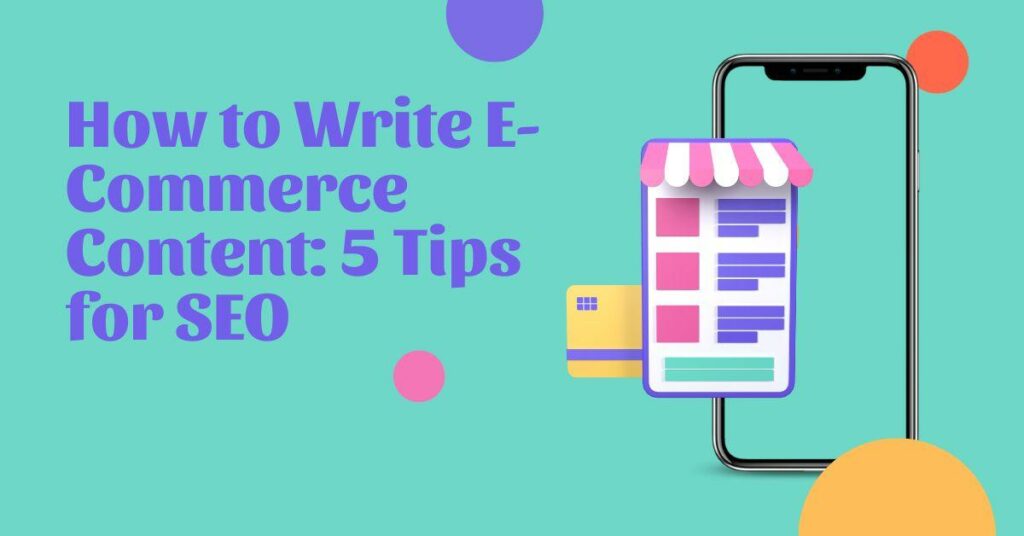
In today’s fast-paced web development landscape, React stands out as the go-to framework for creating captivating and interactive user interfaces. To accelerate your projects, a wealth of ready-to-use React templates and themes awaits. These versatile templates combine adaptability with elegance, catering to a wide range of project needs. In this guide, we’ll explore 12 exceptional React templates, each packed with unique features. Whether you’re building an admin panel, a data-rich dashboard, or any other application, you’ll discover solutions that align perfectly with your requirements.
Streamlining Development with Pre-Built Components
React templates offer more than just aesthetics. They provide a treasure trove of meticulously crafted UI components, acting as building blocks for your application. Say goodbye to coding every element from scratch! These templates save you time, allowing you to focus on your project’s core functionalities and unique features. From buttons and forms to navigation menus and data visualizations, these components are not only visually appealing but also designed for code reusability and maintainability.
Enhancing User Experience Through Modern Design
The best React templates prioritize user experience (UX) by adhering to contemporary design principles. Their clean, intuitive interfaces make navigation effortless and encourage user engagement. Many templates leverage the power of Material Design, ensuring a seamless and delightful user journey.
A Closer Look: Unveiling 12 Top-Tier React Templates and Themes
Now that we’ve explored the undeniable benefits of React templates and themes, let’s delve into a curated selection of 12 exceptional options, each catering to a specific set of requirements:
1. Datta Able React Admin Template: Architecting Feature-Rich Admin Panels
Datta Able stands out as the perfect solution for crafting sophisticated admin panels. It perfectly combines style with functionality, making it both beautiful and useful. This comprehensive template furnishes you with a vast arsenal of components and pre-configured pages, expediting the development process for intricate admin areas. You can also check out more react templates by CodedThemes.
2. Berry MUI React Dashboard Template: Embracing Minimalism for a Modern Dashboard Experience
Berry champions a minimalist design philosophy, leveraging the power of Material-UI to deliver a modern and user-centric dashboard experience. It caters perfectly to developers seeking a clean and visually cohesive interface.
3. Mantis MUI React Dashboard Template: Building Enterprise-Grade Applications with User-Centric Design
Similar to Berry, Mantis is built upon the robust foundation of Material-UI and prioritizes a user-centric design approach. It’s meticulously crafted for the development of enterprise-level applications, boasting an intuitive layout and an extensive suite of features.
4. Able Pro MUI React Admin Dashboard Template: Expediting Admin Panel Development with a Material Design Flair
With a keen focus on Material UI, Able Pro caters to developers seeking to expedite the development of admin panels and dashboards. It provides a comprehensive collection of UI components and a wide array of layout choices, all wrapped in a sleek and modern design aesthetic. This template empowers you to construct feature-rich admin areas efficiently, adhering to the Material Design principles for a user-friendly experience.
5. Gradient Able Reactjs Admin Dashboard: A Splash of Visual Excitement
Gradient Able Reactjs Admin Dashboard distinguishes itself from the competition with its vibrant gradients and dynamic color schemes. It injects a dose of visual flair into your dashboard without compromising on functionality. This template is ideal for projects that demand a visually captivating user interface while retaining the core functionalities of a well-designed admin dashboard.
6. Next React Admin Dashboard: Unlocking Performance and SEO Advantages
This design utilizes the capabilities of Next.js, a renowned framework for React that enhances server-side rendering (SSR) and optimizes search engine visibility. These features make Next React Admin Dashboard a compelling choice for projects where performance and organic search visibility are paramount. Server-side rendering ensures your application delivers blazing-fast loading times, while enhanced SEO guarantees your dashboard ranks higher in search engine results pages, making it more discoverable by potential users.
7. Materially ReactJS Admin Dashboard: Striking the Perfect Balance Between Aesthetics and Utility
Materially ReactJS Admin Dashboard offers a responsive and visually appealing dashboard solution crafted by combining the strengths of ReactJS and Material Design. This template seamlessly adapts to various project types, maintaining an ideal balance between aesthetics and utility. It empowers you to construct a user-friendly and visually captivating dashboard that caters to your specific project requirements.
8. Minimal – Client and Admin Dashboard: Championing Simplicity and User Focus
True to its name, Minimal offers a straightforward and uncluttered interface for both client-facing applications and admin dashboards.It places user experience at the forefront, focusing on ease of use and a design philosophy centered around the user’s needs. This template is ideal for projects that demand clean and uncluttered interfaces that prioritize user ease of use.
9. Elstar – React Admin Tailwind Template: Unleashing the Power of Utility-First CSS for Rapid Customization
Elstar leverages the power of Tailwind CSS, a utility-first CSS framework, to provide exceptional customization capabilities. Tailwind’s approach empowers you to rapidly construct unique UIs without the need to write copious amounts of CSS code. This template grants you extensive control over the visual appearance of your application, allowing you to craft a user interface that aligns perfectly with your brand identity.
10. Gogo – React Admin Template: A Feature-Rich Powerhouse for Flexibility and User Engagement
Renowned for its adaptability and feature-rich nature, Gogo offers a comprehensive collection of UI components and layouts to cater to a multitude of project requirements. This template prioritizes flexibility and user engagement, empowering you to construct an application that seamlessly adapts to various use cases and fosters user interaction.
11. Emilus – React Admin Template: A Blend of Modern Design and Intuitive Functionality
Emilus stands out with its contemporary design aesthetic and intuitive interface. It provides a diverse selection of widgets and components, each of which can be finely customized to meet the unique requirements of your application. This template is a strong choice for projects that demand a visually appealing user interface coupled with a comprehensive set of functionalities.
12. Endless – React Admin Template: A Canvas for Complex and Feature-Dense Applications
Aptly named, Endless offers a vast array of customization options, empowering you to construct intricate and feature-dense applications. This template ensures your project delivers an exceptional user experience by using it.
Conclusion: Choosing the Perfect React Template or Theme
With this extensive array of exceptional React templates and themes at your disposal, selecting the ideal solution for your project might seem daunting. Here are some key considerations to guide your decision:
Project Requirements: Clearly define the purpose and functionalities of your application. Are you building an admin panel, a data-rich dashboard, or a user-facing client application? Matching your needs with a template’s core strengths is crucial.
Design Preferences: Consider the desired visual aesthetic for your application. Do you favor a minimalist approach like Minimal, or a vibrant and dynamic theme like Gradient Able?
Technical Expertise: Evaluate your team’s comfort level with the underlying technologies employed by the template. If your team is proficient in Material-UI, templates like Berry or Able Pro might be a perfect fit.
Customization Needs: Assess the level of customization required for your project. Some templates offer a wider range of configuration options than others.
Remember, the best React template or theme serves as a launchpad, not a straitjacket. Don’t hesitate to leverage its pre-built components and functionalities as a foundation while incorporating your unique design vision and functionalities.
React templates and themes offer a compelling value proposition for developers of all experience levels. They expedite the development process, elevate the user experience of your application, and ensure your project stands out from the crowd. By strategically selecting the right template and effectively leveraging its capabilities, you can streamline your workflow and craft exceptional React applications that leave a lasting impression.
The post Top React Templates & Themes appeared first on noupe.



